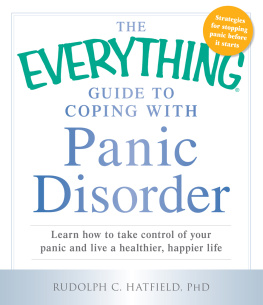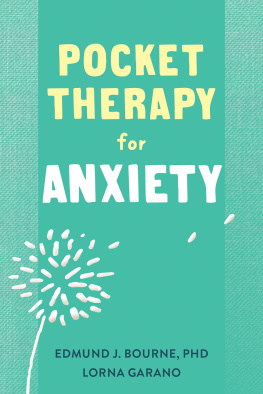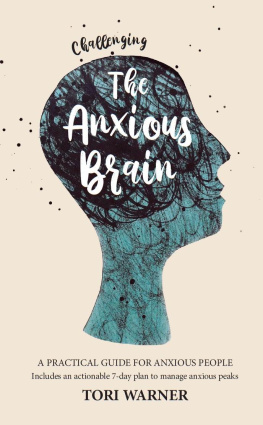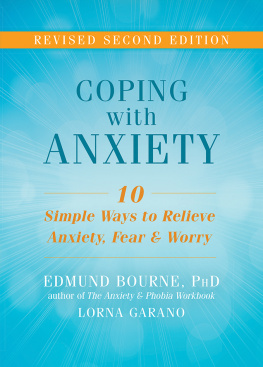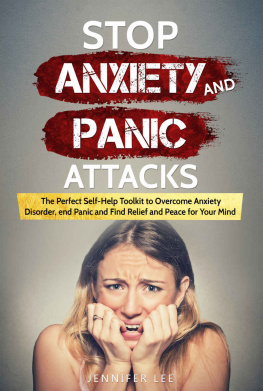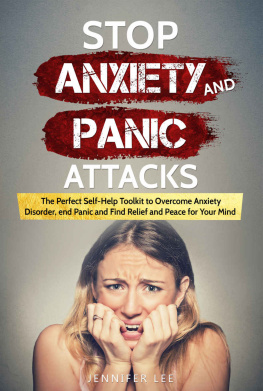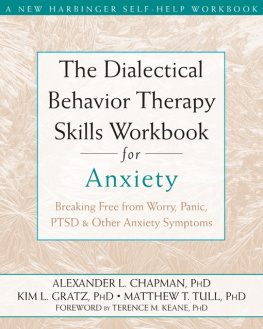
Copyright 2019 by Althea Press, Emeryville, California
No part of this publication may be reproduced, stored in a retrieval system, or transmitted in any form or by any means, electronic, mechanical, photocopying, recording, scanning, or otherwise, except as permitted under Sections 107 or 108 of the 1976 United States Copyright Act, without the prior written permission of the Publisher. Requests to the Publisher for permission should be addressed to the Permissions Department, Althea Press, 6005 Shellmound Street, Suite 175, Emeryville, CA 94608.
Limit of Liability/Disclaimer of Warranty: The Publisher and the author make no representations or warranties with respect to the accuracy or completeness of the contents of this work and specifically disclaim all warranties, including without limitation warranties of fitness for a particular purpose. No warranty may be created or extended by sales or promotional materials. The advice and strategies contained herein may not be suitable for every situation. This work is sold with the understanding that the Publisher is not engaged in rendering medical, legal, or other professional advice or services. If professional assistance is required, the services of a competent professional person should be sought. Neither the Publisher nor the author shall be liable for damages arising herefrom. The fact that an individual, organization, or website is referred to in this work as a citation and/or potential source of further information does not mean that the author or the Publisher endorses the information the individual, organization, or website may provide or recommendations they/it may make. Further, readers should be aware that websites listed in this work may have changed or disappeared between when this work was written and when it is read.
For general information on our other products and services or to obtain technical support, please contact our Customer Care Department within the United States at (866) 744-2665, or outside the United States at (510) 253-0500.
Althea Press publishes its books in a variety of electronic and print formats. Some content that appears in print may not be available in electronic books, and vice versa.
TRADEMARKS: Althea Press and the Althea Press logo are trademarks or registered trademarks of Callisto Media Inc. and/or its affiliates, in the United States and other countries, and may not be used without written permission. All other trademarks are the property of their respective owners. Althea Press is not associated with any product or vendor mentioned in this book.
Interior and Designer: Jamison Spittler
Editor: Camille Hayes
Production Editor: Erum Khan
Stacy Vaeth Photography
ISBN: Print 978-1-64152-208-3 | eBook 978-1-64152-209-0
peace for all
Contents
This book provides a variety of strategies and techniques that have proven effective at reducing anxiety and its most troubling symptoms. Any of the strategies you choose to practice will help your anxiety overall, but Ive divided them up here based on which type of symptom they target. This Quick-Start Guide will navigate you straight to the set of strategies that will help you deal with acute symptom flare-ups and anxiety-producing situations.
Turn to the strategies starting if youre feeling strong emotional or physical symptoms of anxiety.
Anger/irritability
Sadness
Hopelessness/despair
Insomnia
Mood swings
Racing heart
Shortness of breath
Dizziness
Stomach upset
Turn will be helpful when your anxiety causes you to:
Avoid activities you used to enjoy
Avoid certain people
Frequently cancel plans
Call in sick to avoid stressful events like presentations
Feel unable to do routine things like drive or go to the store
Behave uncharacteristically in anxiety-provoking situations, e.g., you dont approach or talk to your friends when youre at a party
Starting , youll find strategies to help diminish the inaccurate or unhelpful thinking that preoccupies the mind when youre caught up in anxiety. These thought-focused strategies will help if youre experiencing:
Chronic worry
Repetitive or racing thoughts
Catastrophic (worst-case scenario) thinking
Self-defeating thoughts (e.g., I suck at this, so I might as well give up.)
Irrational beliefs (e.g., If I dont drive back home to check the oven, my house will burn down.)
Welcome
Everyone feels anxious at some point! I have worked with anxious clients for the past 15 years in my practice as a clinical psychologist. Some come to me believing that their anxious feelings can improve. Others enter therapy reluctantly, mostly convinced that nothing will ever reduce their panic symptoms, avoidance behavior, or worried thoughts. People who improve typically have two things in common:
A part of them, no matter how small, believes they can get better.
They learn, and put to work, effective anxiety-reducing strategies.
Simply opening this book and reading this far shows that some part of you believes your anxious symptoms can get better. And if youre willing to engage with this material and give serious thought to the impact anxiety has on your life, theres a part of you that wants to get better. Take heart; you already have all you need to start managing your anxiety symptoms and living a happier, more fulfilling life.
How to Use This Book
Psychology is a young science, and theres still quite a bit we dont know. However, we do know how to treat anxiety. Most people who consistently use the psychological tools in this book will find relief. My clients who use these methods tell me that although they are still aware of their worried thoughts, those thoughts no longer have the same power over them. So instead of feeling as if the waves in the ocean are pulling them under and they have to fight for dear life, they realize they can floateven in a stormy sea. They ride out the tempest by using their tools and knowing that the waves will eventually subside and the sea will be calm again.
The strategies in this book are simple to implement. They are all evidence based, meaning research has proven their effectiveness. They come from cognitive behavioral therapy (CBT), acceptance and commitment therapy (ACT, pronounced like the word act), and mindfulness practices.
Its not necessary to go through the book from start to finish in order to improve. You likely have not experienced the whole range of possible anxiety symptoms described here, so you may choose to skip some sections, depending on what youre experiencing. Although this is not a workbook, it is full of practical strategies and instructions for how to implement them. In each of the nine main chapters youll see sections titled Go Deeper, which are suggestions on how to take the strategies to the next level. (Youll need a notebook or journal for these.) The Go Deeper strategies are optional, but they are a great way to maximize your results.
A NOTE TO READERS:The clients in the examples used throughout the book are composites, and the names are fictional to protect anonymity.
Getting Started
Keep a notebook or journal handy so you can jot down your thoughts about the strategies as you try them out. Your notes will help you reflect on what youre learning and how your new skills can help you better cope with anxiety. The more you practice and write about the strategies, the faster theyll become automatic responses to your anxiety triggers.
Once you have your notebook and are ready to start, take a moment to think about your schedule. Consider how/when you want to work on this material and when you can best fit it into your general routine. To really get up to speed with your new skills, daily practice is the way to goeven if you can set aside only a few minutes. The point is, give some thought to how youre going to integrate this book into your routine.
Next page


